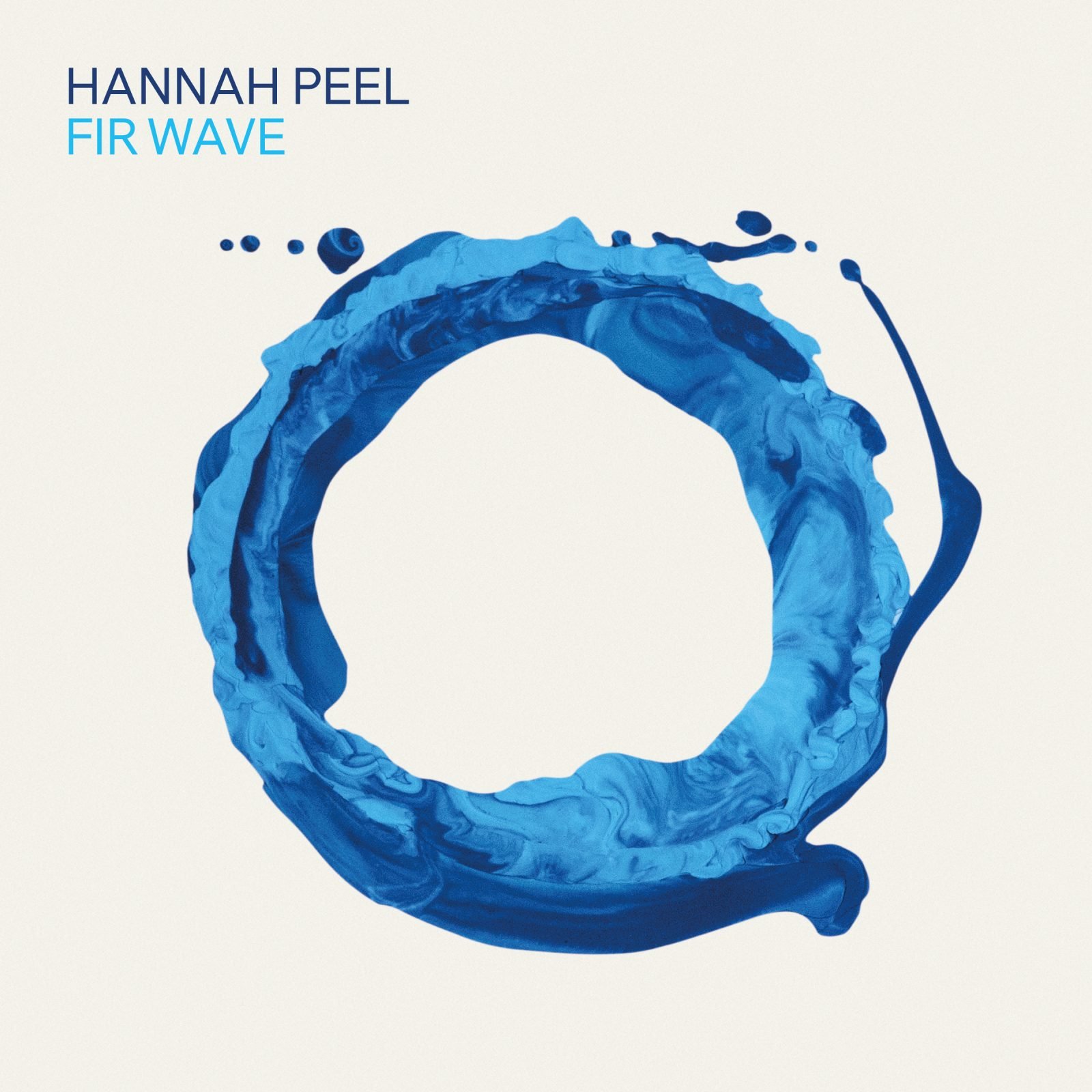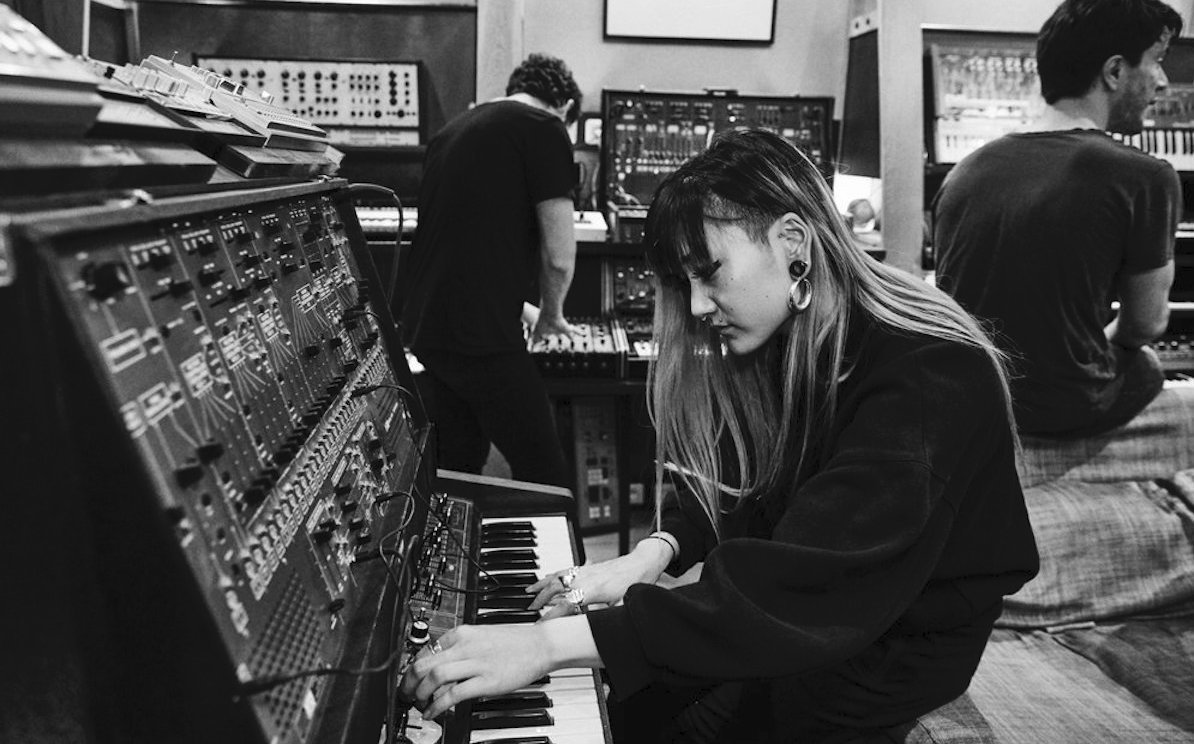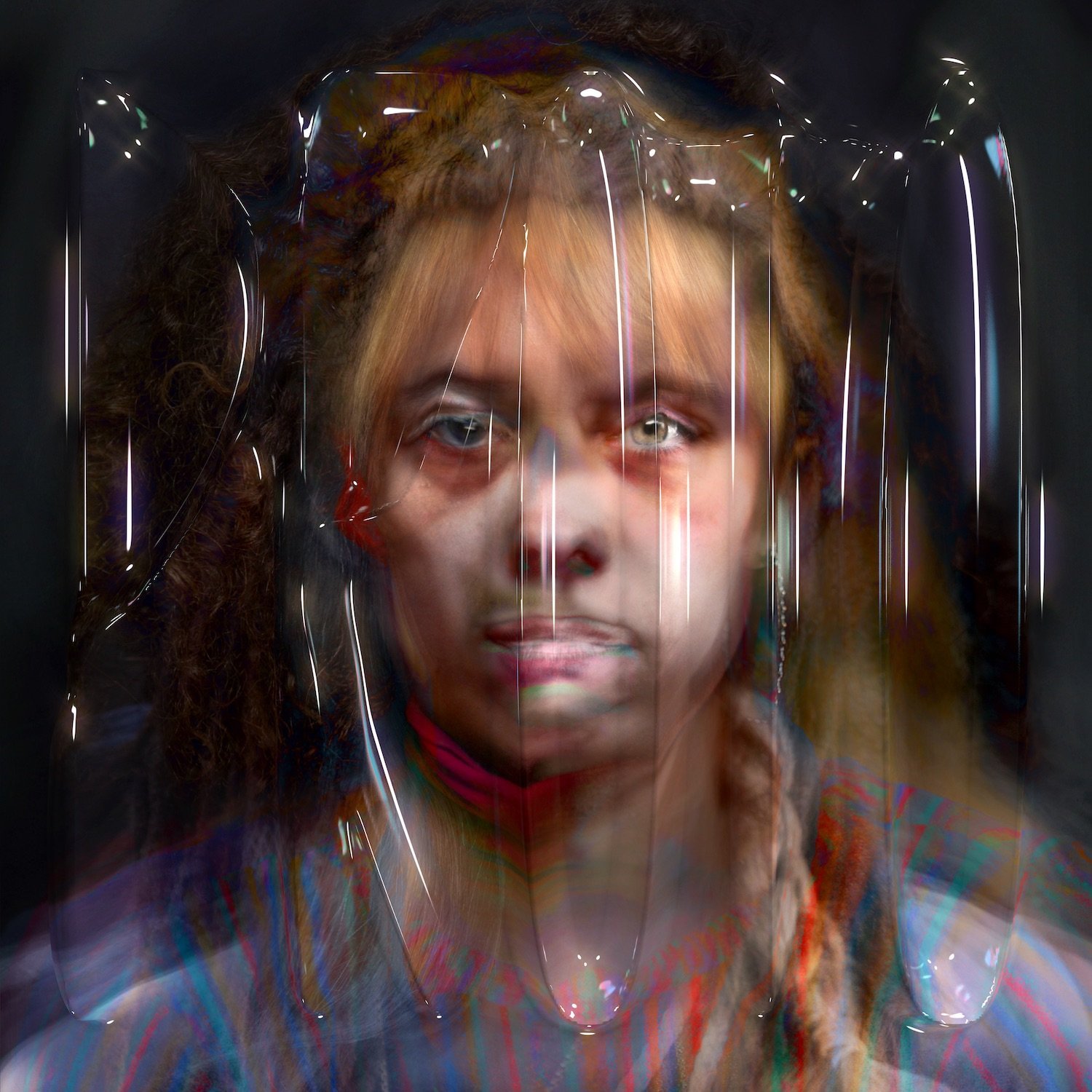Four Experimental Composers With No Limits
Written By Jake Griffiths of ElectrodromeFM
Ever wondered what the story of an elderly stargazer would sound like on a record? What it would sound like if you made a track triggered by random bumper cars on a fairground track? What the sound of an aura-inducing migraine is? If it’s possible to create an AI plug-in that sings for you? Or what would happen if you re-interpreted 1970s BBC synthesizer production with today’s production techniques?
These are some of the remarkable projects being taken on by ambitious, focussed composers who have gone far beyond the traditional toolkit of orchestras, swells and arpeggios. Some are fun, some serious, some expansive and some intimate, but they’re all incredibly creative, inventive and focus on a single, conceptual direction. They’re not limited by traditional lines between what is an electronic instrument and what is a traditional one. And in some cases they’re going far, far beyond music into science, technology and the human brain.
“We have a hundred billion neurons in our brains, as many as there are stars in a galaxy” -
Theoretical physicist and author, Carlo Rovelli
Hannah Peel’s remarkable 10-year release career goes deep into the themes of neuroscience, physics and nature. Her latest release (Fir Wave) was nominated for a Mercury Prize at the 2021 awards, a remarkable achievement for someone writing such focussed, contemporary compositional works. Fir Wave draws on several themes seen through Hannah’s work, the reflections between nature and the cosmos, and natural forms that are found in Physics and Science. Hannah’s work was featured on Game Of Thrones: The Last Watch, drawing on what you might describe as her signature instrument - the music box, usually with hand-crafted paper feed. And her 2017 release Mary Casio: Journey to Cassiopeia explores the dreams of an elderly stargazer exploring the cosmos. It’s a magical seven-movement odyssey taking in analogue synths and a 29-piece brass colliery band.
“You say you're dancing in the deep end
But to me, it looks like drowning
All this talk of saving, but I'm out of my depth”
Inhale Exhale - Anna Meredith
On the subject of brass, it’s possible you’ve heard Anna Meredith’s epic modern fanfare Nautilus - an absolutely outrageous combination of techno-inspired brass build ups with classical-inspired writing and electronica driven production. Anna’s 2019 album Fibs is a gem, you can’t help but smile when listening to tracks like Inhale Exhale, a track which is like a modern Born Slippy with all the uplifting swells and no lager lager lager lager lager shouting. And you just cannot beat the joy of the video for Paramour, filmed using Lego trains on a magical mystery tour of the musicians featured locked in a complex rhythmic pattern - you could have sworn the whole thing was played with synthesizers but I can see guitar, cello, drums, xylophone, clarinet and a bit of tuba all in there. The attention to detail here is absolutely stunning. Finally a mention of Anna’s most recent project Bumps Per Minute, a physical installation at Somerset House London which used the movements and bumps of bumper cars to randomly create synthesizer tracks. There’s also an online version which is great fun to try and an entire album of Anna’s own tracks built using this mechanic. Yes the music is pretty wild, but at its heart this is an incredibly fun, interesting and ultimately quite philosophical project on the nature of musical randomness and of course a deep love of the intense musical bumper car experience.
“There’s a pervasive narrative of technology as dehumanizing… We stand in contrast to that. It’s not like we want to run away; we’re very much running towards it, but on our terms. Choosing to work with an ensemble of humans is part of our protocol. I don’t want to live in a world in which humans are automated off stage. I want an A.I. to be raised to appreciate and interact with that beauty.”
Holly Herndon
Dr Holly Herndon continues to ask serious philosophical questions about the relationship between technology, people and music. Her self-created AI plug-in ‘Spawn’ creates its own vocals for her tracks and was the centrepiece of her mind-blowing album Proto, released in 2019. Spawn isn’t a gimmick or something given the name ‘AI’ for the sake of using a buzzword - Holly has a PhD from Stanford University’s Center for Computer Research in Music and Acoustics. She has been writing and producing around the subjects of technology and humanisation ever since her first release Movement in 2012 where she started to actively present the laptop as the most advanced and personal form of musical instrument. The technology behind Spawn has been built using a ‘training set’ of data that teaches it made up of voice samples including her own. It’s physically real too - existing in a box that apparently looks a little like a portable TV. Operating at the intersection of musical euphoria and technological evolution, Holly has taken things a step further in 2021. You can now upload polyphonic audio to Holly+, a digital twin that can process it and sing it back to you in Holly’s voice. Any profits made from commercial usage get fed back in to the Holly+ DAO (decentralised autonomous organisation). This might all seem a little out there, but listen to Proto and what you’ll hear will feel familiar from modern productions that rely on autotune or multi-chorus effects, effectively replicating a form of simple AI as DAW plugins manipulate audio. And Holly+ really blows open a whole world of questions on ownership - who owns the productions made? How will performance profits be divided? Is it legal to clone someone’s voice? If you want to dig in more, skip over to the Voice Model Rights and DAO sections of Holly’s comprehensive intro to Holly+, it’s impressively deep and fascinating stuff.
“Aurelia is a type of jellyfish… jellyfish don’t have a central nervous system or brain, but respond to stimuli detected from their tentacles - so they’re almost floating through the ocean, kind of helplessly, but perhaps with an innate sense of direction…"
Hinako Omori
In 2020 I asked Hinako Omori if she’d be interested in putting together a mix for Electrodrome Extra, an additional part of the Electrodrome Radio Show where artists can create their own mixes or showcase the work that influences them. She sent back an extraordinary mix representing her album Auraelia. The mix tracks reflect seeing, eyes or sight as their main topic, representing the ‘aura’ part of the Aurealia EP - a record that came about after she’d experienced a month of having daily migraines with auras. She says “The physical reaction I was experiencing from the auras – the haziness/blurriness/partial loss of sight and spots of light surrounding every day vision – also seemed to reflect the emotions I was feeling at the time – confusion, lack of clarity, ambiguity, mixed feelings of hope and melancholy…” Aurelia is a brilliant mix of soundtrack, atmosphere and synth work. There’s a good chance you have seen Hinako in action, her work as a musician includes playing with James Bay, Ellie Goulding, Kate Tempest, KT Tunstall and Georgia on synths, and more recently her impressive production skills came to the fore in her remix of The Anchoress’s The Exchange - an incredibly inventive take on an indie rock track and a piece of music that stands on its own merits. Hinako’s music is beautifully constructed with delicate, atmospheric synths and often unsettling chopped up rhythms and vocals.
For more on these artists who are continuously pushing the barriers of art, technology and creativity, go and look up their work at:




